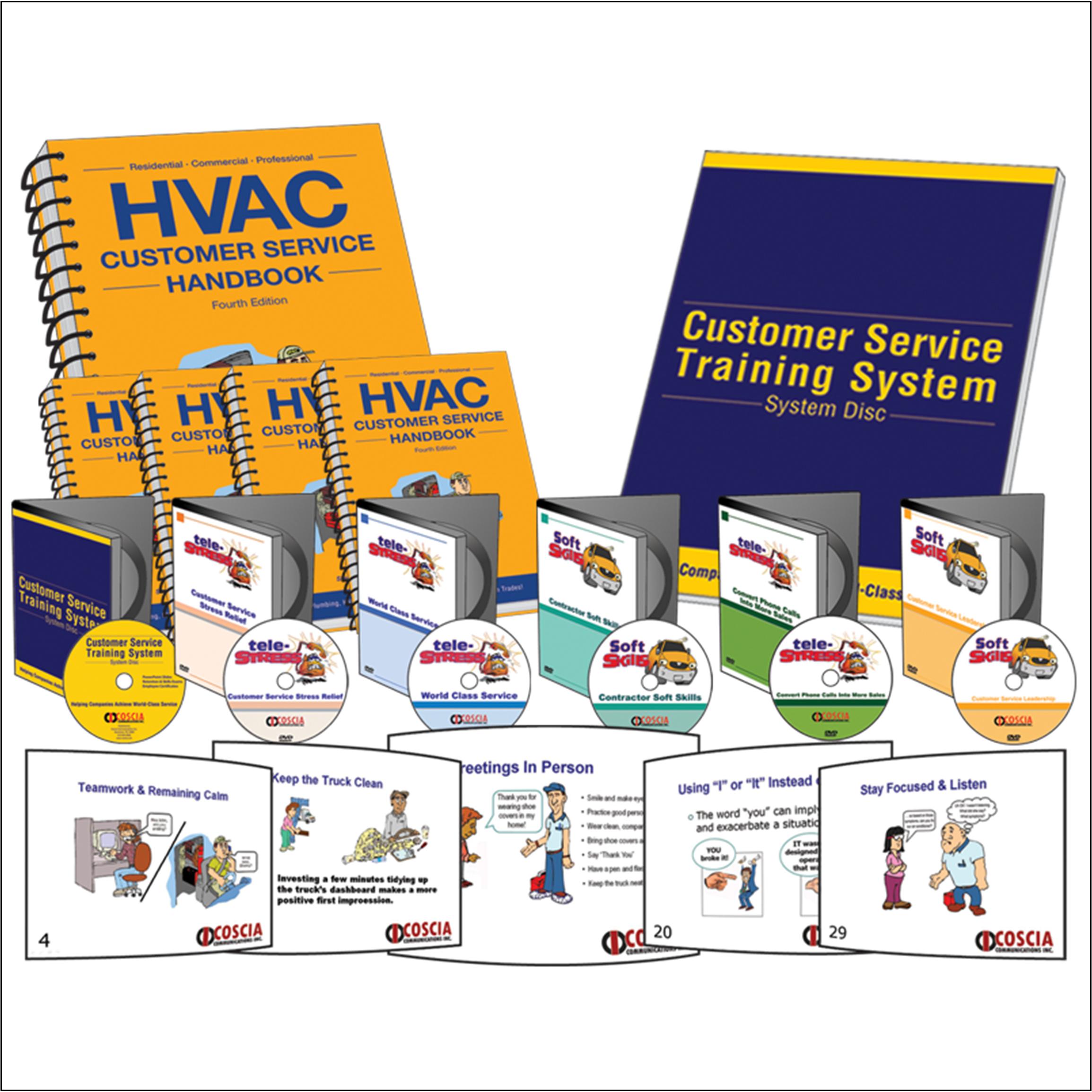Like a peanut butter cup from Reese’s or corned beef and cabbage, Mestek Machinery’s introduction four years ago of a machine that combined two major ductwork fabrication functions was a natural, company officials say.
But like Reese’s trademark candy, it took a lot of development to create the Cornermatic II-Whisper-Loc Combo machine that makes it possible to close seams with less noise and insert corners on the same unit.
Before
If you could time travel back to a sheet metal shop of the 1970s or earlier, it likely would be a much noisier place than today’s typical shop. While a ductwork fabrication facility will never be mistaken for a library — as long as it’s busy — many longtime sheet metal workers can tell you it was loud, with banging, punching and cutting. Their ears may still be paying the price.
Among the noisiest parts of the fabrication process was the closing of a Pittsburgh seam, the final step after making duct on a Pittsburgh machine, which joined sheet metal by mechanically making a closure that ran the length of the duct. For decades, the only way to seal the duct was by using a traditional hammer or pneumatic air hammer.
“That made it an incredibly loud process,” said Jack Pennuto Jr., a senior vice president with Mestek Machinery. Its Lockformer brand was responsible for creating the first Pittsburgh machines in 1939.
After
The Whisper-Loc, released by Mestek’s Iowa Precision brand in the early 1980s, started to make the process a little less noisy, if not quite whisper quiet. It replaced the hammer with an automated roller, instantly taking much of the noise out of the sheet metal forming process. It also made the process faster.
“It makes the fabrication shop much, much quieter,” Pennuto said. “Certainly now with noise being one of the safety considerations, that’s certainly valuable.”
About 10 years later, Iowa Precision added the Cornermatic to its lineup, which made it easier to insert corners into ductwork. For sheet metal contractors that already had the Whisper-Loc at the end of a coil line, it was a natural addition. The most recent version, the Cornermatic Plus, has additional efficiency refinements.
But it was the Cornermatic II-Whisper-Loc Combo machine introduced in 2014 that Mestek officials say really boosted efficiency for contractors that could take advantage of the technology. It offered a machine that performed both functions and wasn’t much bigger than the standard Whisper-Loc.
“(Duct) is closed, cornered and then it’s done,” Pennuto said. “It drives discipline. It’s either done or it’s not done — there’s no partiality.
“And now you only have to put one hole in the floor instead of two.”
Leaning in
With more contractors seek to embrace manufacturing efficiency, where layout is designed to maximize output and minimize waste, equipment like the Cornermatic and Whisper-Loc is vital, officials say.
“As we’re seeing more and more people running lean” and turnaround times of duct orders shrinking to under a day, the value of machinery that combines functions is easy to figure out, Pennuto added.
Previously, even contractors with both machines would have had to examine work in progress to see if it needed a seam or to be cornered.
Mestek is currently introducing updates and enhancements to the Cornermatic II-Whisper-Loc Combo that are the result of studying the way contractors actually use the equipment. Among the new features are clamp-and-crimp arm pivots made for high volumes and years of reliable use, a controller that stops movement when there’s no corner, and sleeves that ensure actuate corner positioning, redesigned feed assemblies and columns.
“We’re constantly in fabrication shops, between our salespeople and engineers and service technicians to see how people use things and to … make the machinery better to better fit the needs of customers and the market,” Pennuto said.











